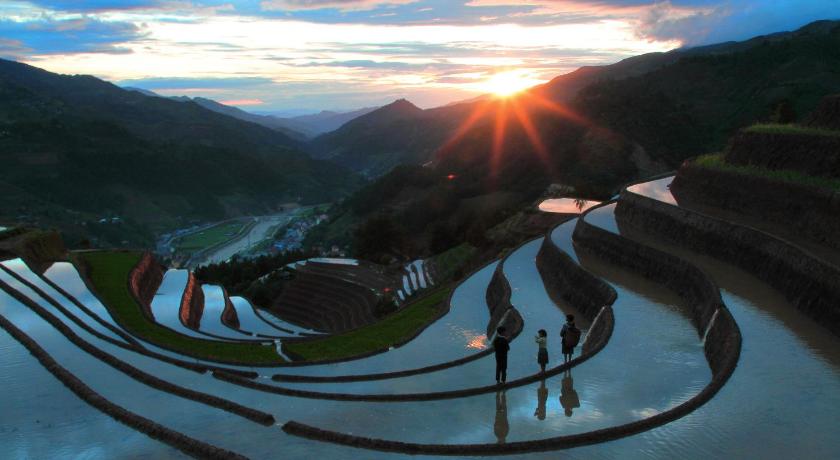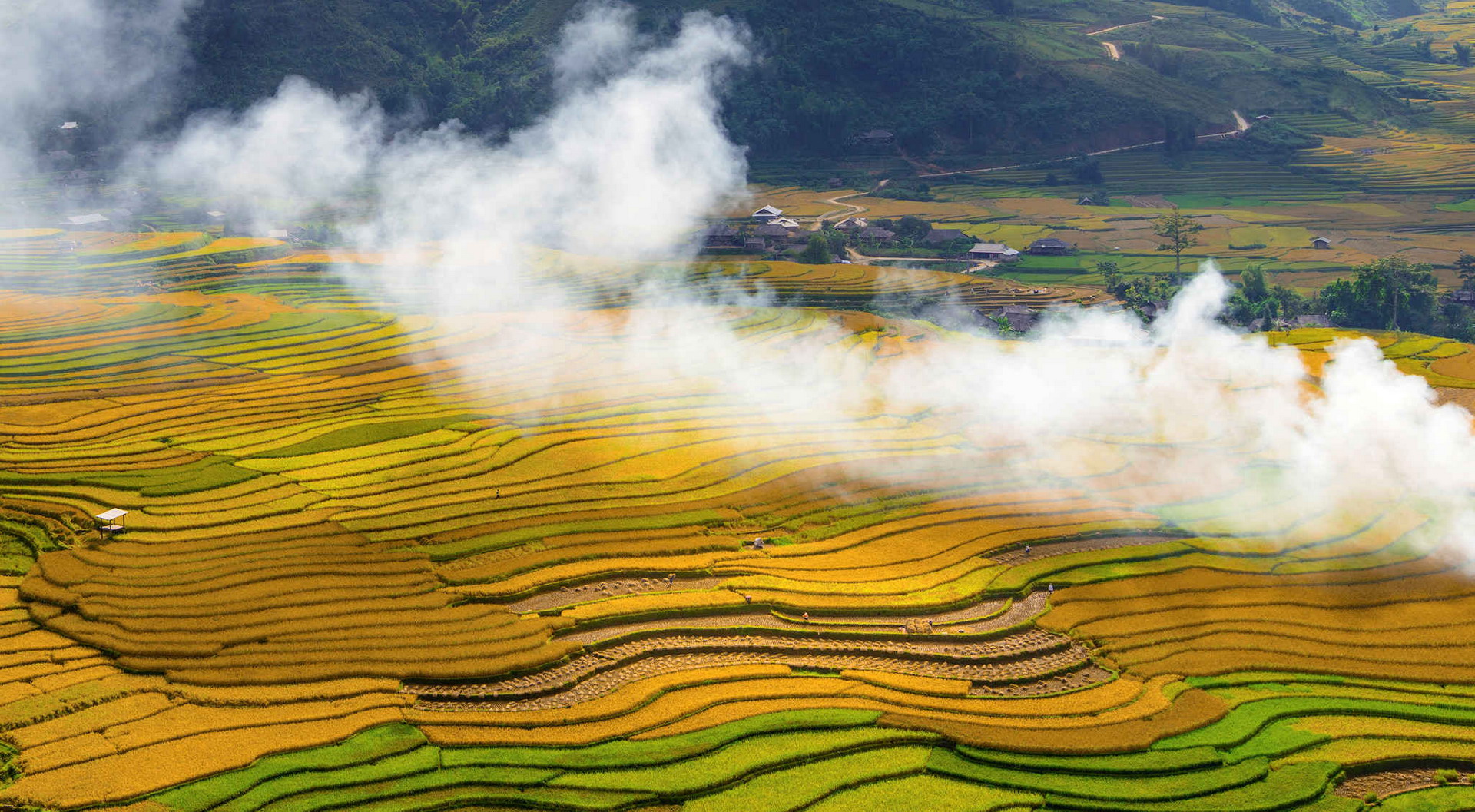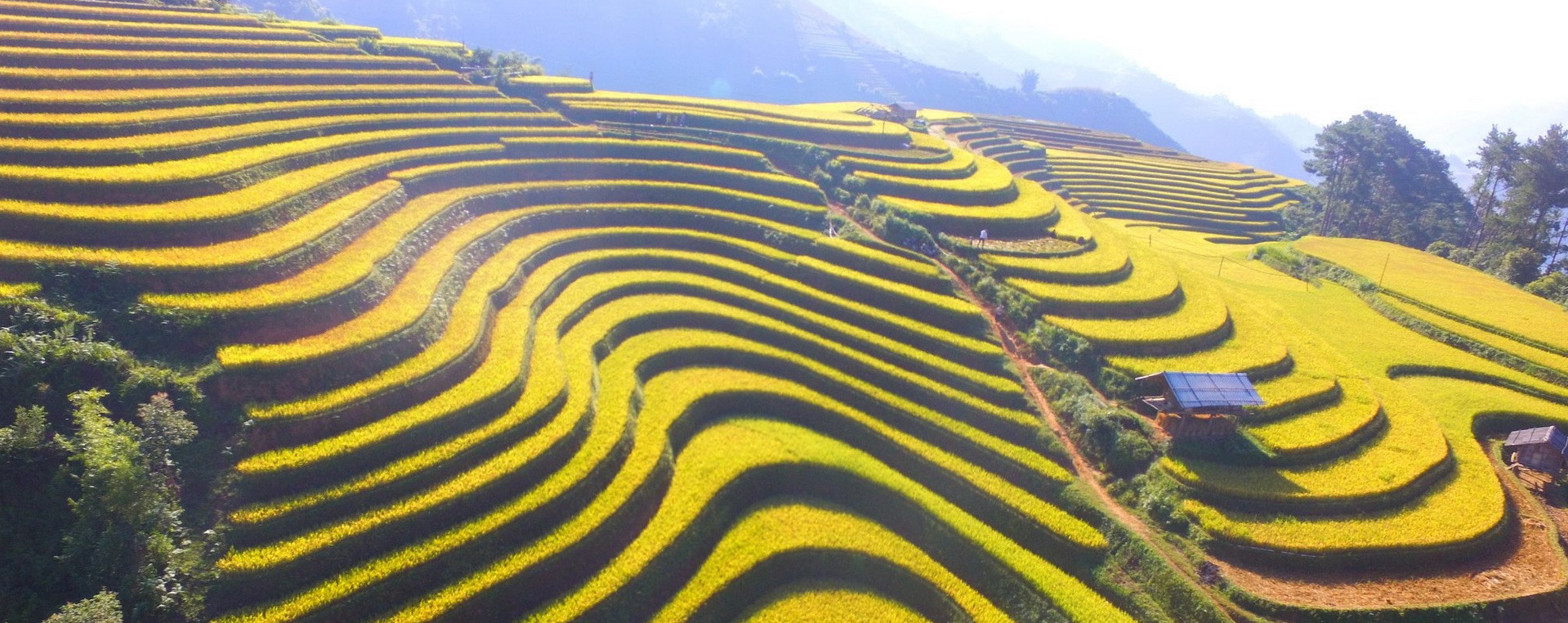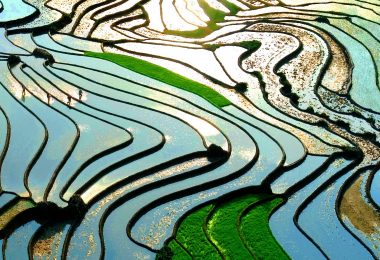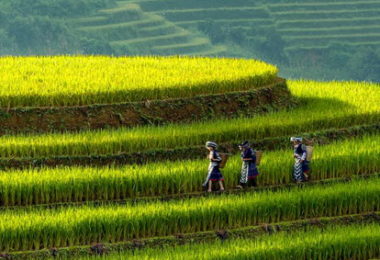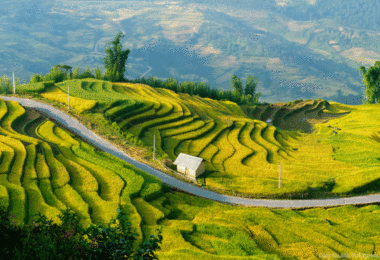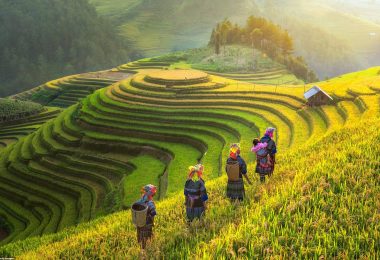1. Overview:
Na Hau Nature Reserve with a total natural area of 16,950 ha, located in 4 communes Na Hau, Dai Son, Open Vang and Phong Du Thuong (Van Yen district, Yen Bai province), has a forest ecosystem. The rich and diverse nature is typical of the northern mountainous region of Vietnam with many rare and precious species of flora and fauna. This is also considered an ideal eco-tourism destination for those who love nature, love adventure and want to learn and discover the traditional culture of the Mong people in Na Hau commune.
2. Location:
Na Hau Nature Reserve of Van Yen district is known for preserving a rich and diverse flora and fauna ecosystem. From the center of Mau A town, Van Yen district, across the Mau A bridge across the Red River along the route from An Thinh commune to Dai Son commune, about 30 km to the southwest, passing Ba Khuy slope across the mountainside, visitors will go to Na Hau commune, a commune where 100% of the Mong people live.
Coming to Na Hau, all the noise of the streets seems to be removed from behind. The beauty of the deep old forests brings a strange attraction to visitors. The primeval forest canopy gives the Reserve a fresh and pure atmosphere and brings people closer to nature than ever before. Located at an average altitude of 600 – 700 m above sea level, the highest place is 1,800 m, the lowest place is 200 m, so the terrain of Na Hau is strongly divided, forming many streams and caves. Beautiful waterfalls such as Ban Tat waterfall, Suoi Tien waterfall, Bat cave..
3. The natural beauty:
The average temperature is 23.2 degrees Celsius, the average rainfall is 1,458.0 mm/year, the humidity is 85%. Every year, the East – North monsoon usually occurs in November and December with hoarfrost. On days with little sunshine, it’s overcast, in high mountain places, fog covers the whole day, the air humidity in the forest is very high. With such climatic conditions, it is very suitable for the growth, development and natural regeneration of forest trees, favorable for the diversity and abundance of plant and animal species here, creating the structure of the forest. dense forest, many canopy layers suitable for watershed protection.
4. Natural Species:
In this nature reserve, the evergreen broadleaf forest system is relatively intact, with many creeks, streams and waterfalls flowing all year round. The forest structure has not been broken, the canopy layer is clearly divided: The top layer is the discontinuously protruding large tree, mainly species such as brown elm, doi, filling…; the middle layer is the ecological dominant layer, the canopy of forest trees is continuously nearly equal in height, belonging to evergreen tree species such as shampoo, de, chestnut…; the lower layer is divided into many different layers of high and low, mainly small trees that like shade; The fresh carpet layer is mainly shrubs, ferns, forest areca…; At present, the natural forest still has over 30 different species of plants, including rare wood species such as flower slices, po mu… growing mainly at an altitude of 700m or more.
The fauna in the reserve is quite rich and many rare species are still preserved and preserved. Currently, the forest has about 72 species of mammals, 240 species of birds, 48 species of reptiles…, of which there are many valuable species listed in the Vietnam Red Book and the World Red List such as chamois, bears, black gibbons, etc. gray langur, big-headed turtle, flower lizard. In addition, the forest area in the core zone of the Nature Reserve is also home to a number of bird species with a narrow distribution, including some globally threatened bird species such as hornbill, pheasant…
5. Suoi Tien Waterfall:
Suoi Tien waterfall is quite long and has 3 floors, each floor has a relatively high height. The cool, clear blue water from the top of the mountain bounces down, white foam all year round. On summer days, Suoi Tien waterfall always attracts a lot of tourists who come here to be immersed in the cool, clear water and feel the melodious melodies played from the sound of the waterfall, the mountain wind and the song. of all kinds of birds in a peaceful space
6. People and culture:
Not only attracting tourists by the wild and lyrical natural scenery, the people here are mainly Hmong and Dao ethnic groups with unique ethnic cultural beauties such as customs, costumes, houses. , culinary. Coming here, visitors will be immersed in the forest New Year festival, the dance of the flute, the dance of money sticks of the Mong people, and enjoy the rustic dishes imbued with national identity prepared by the skillful hands of the Mong people. Hmong people are simple and hospitable.































